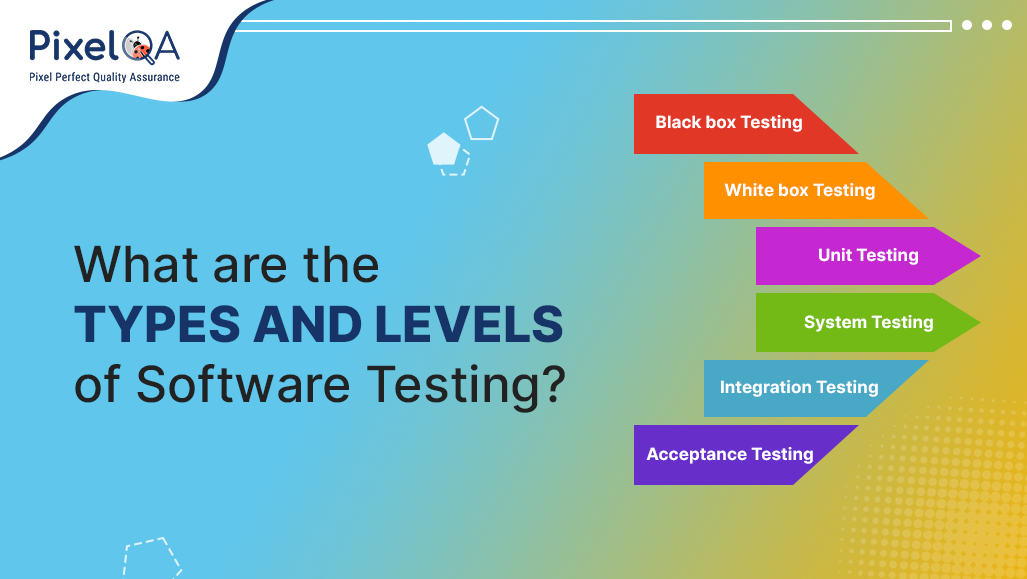
Before knowing about software testing, you first need to know what software is. Why is software testing necessary?
Software is a collection of data and programs which help computers to perform an assigned task. The Software is working according to given instructions. The given instruction may change according to user needs and requirements. The Processor executes the answer to the user as per a set of collection/data requests. A Program that tells a computer what and how to perform the task. To ensure this functionality operates seamlessly across environments, system testing services are often utilized to validate the software's overall performance and reliability.
“Software is a set of predefined commands to execute human tasks”
Table of Contents
How Does Software Work?
input given by humans is first converted to the machine under stable language. The machine takes input in a binary form and then converts it to the human normal language. So, according to input data software provides output to users.
Binary data is a machine language and digital code is used for storing information in computers.
Types of Software Testing
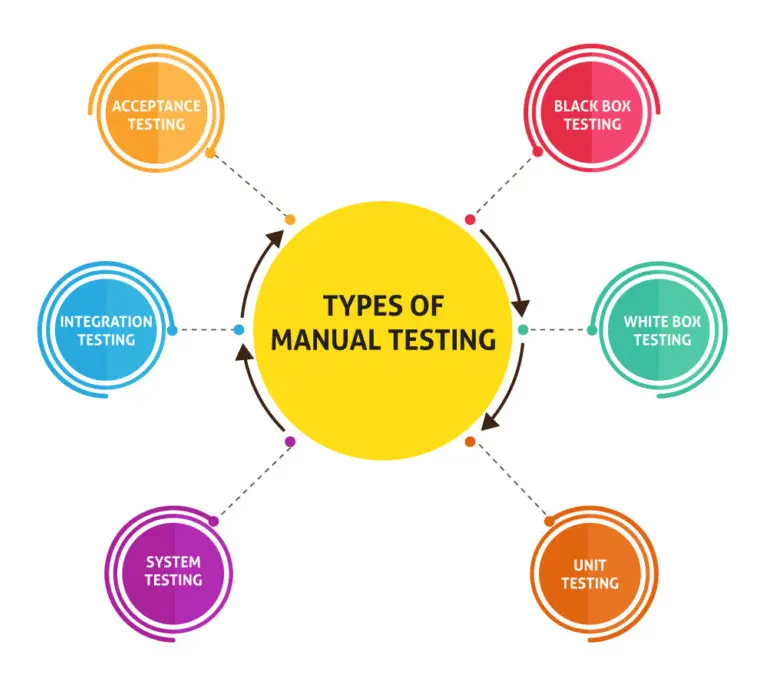
1. Black Box Testing:
The source code is not present in this testing, that’s why it’s known as black box testing. The testers don't have any idea and knowledge about the software code being tested. The tester only works on the outside behavior of the system. The final user knows nothing about the software. The testing team does black box testing.
The main goal of black box testing is to verify the customer requirements without knowing the internal structure. The testers create the different testing scenarios and by providing the input verify and validate that the software is working correctly or not.
Software quality is defined by randomly choosing any portion of the program, providing input, and then validating to see if the output is correct.
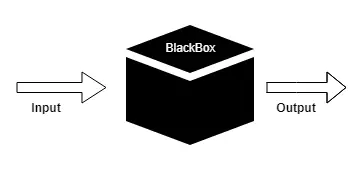
Black box testing has two parts Functional Testing and Non-functional Testing.
2. White Box Testing:
The White box testing is basically performed by the development team. They go through every line of code before giving software testing tasks to the tester team.
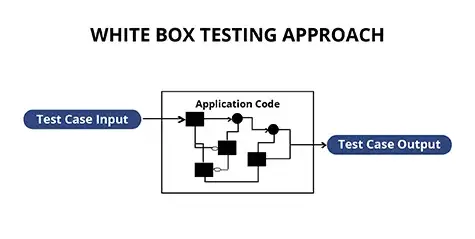
Developers fix the bug if found during the white box testing before giving it to the tester team because the tester has complete knowledge of the software.
3. Unit Testing:
Unit testing is performed on each unit and individual part of the software. It is the first level of testing that validates each software unit during application development. This type of testing is the initial phase of testing after developing any application. It is helpful in creating documentation as it fixes defects in the early phase of development so the defect ratio is decreased.
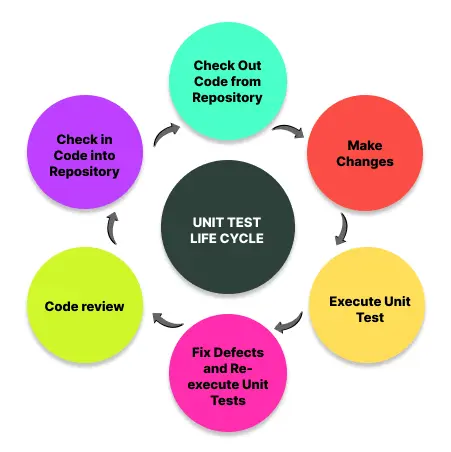
Test engineers verify and validate each part of the software that process is known as Unit Testing or component Testing.
4. System Testing:
The system testing is performed once the Unit testing and integration testing is done. Its testing environment is like the production environment which is also known as end-to-end testing. It's integrated fully with software products. In the system testing each part or module of the software is tested properly to fulfill the system requirements.
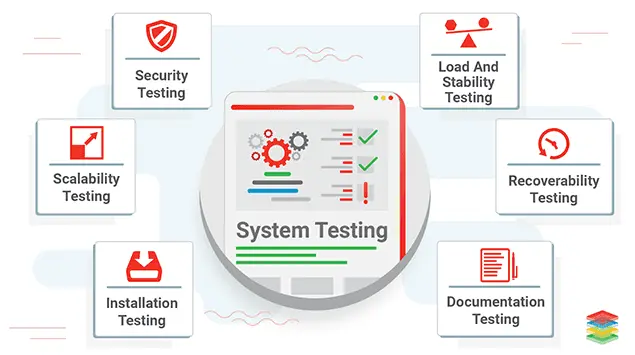
5. Integration Testing:
Once you are done with Unit testing, you need to perform integration testing. It is also known as the second level of testing phase. In this phase verifying the data module and interface between features is known as integration testing.
The purpose of this testing is to measure the accuracy of each module. Unit testing uses different modules for the testing phase, whereas in Integration testing these small units are combined and verified in integration testing.
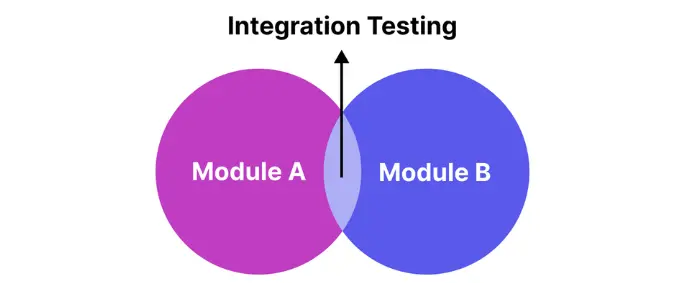
After conducting functional testing, the tester moves on to the integration testing. Cover all modules that exist in the software and try to not miss out on any scenarios. Provided input data plays a significant role in software testing. Integration testing is performed on positive and negative scenarios.
6. Acceptance Testing:
Acceptance testing is the final stage of software testing before product release in the production environment. The main goal of acceptance testing is to verify the system fulfills all functional and non-functional requirements. It may involve all types of testing.
Acceptance testing is mostly performed by software end-users or client representatives.
One who are real user of the software.
We can easily get the end-user real feedback to improve and clear their expectation.
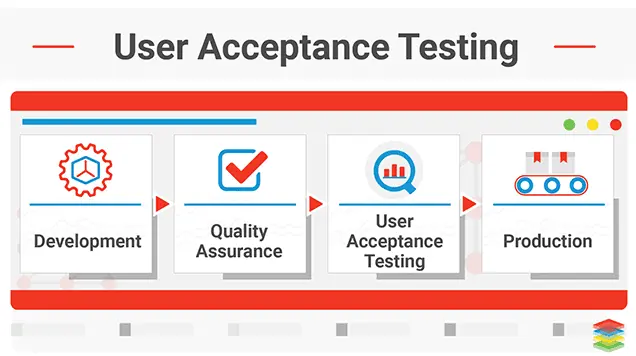
Users get more satisfied results when they are directly involved in the testing phase. However, it takes time to collect data from many users. Also, users have some basic knowledge about software before providing any feedback.
All the written test cases should be executed in this. Before releasing software, defects should be reported, identified, and fixed in this testing.
Conclusion:
We've explored various testing types, yet numerous others remain unexplored. Our focus has been on the commonly performed testing types, tailored to project requirements, scope, and application. Each testing level serves a distinct purpose, contributing to clearer software understanding and enhanced quality.
After reading this post, if you want to experience seamless software testing solutions tailored to your needs, look no further. Connect with PixelQA, a leading software testing company, and elevate the quality of your projects to new heights.
About Author
As a Test Analyst at PixelQA, Renuka Thakor commenced her journey in the IT industry in 2021. Progressing from a manual tester, she refined her testing techniques and embraced tools for enhanced productivity.
Her commitment to staying abreast of the evolving testing landscape through continuous learning aligns with her future goal of transitioning into an automation testing position.

